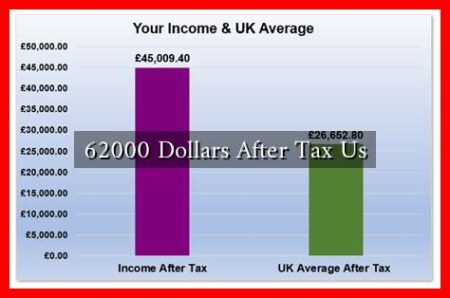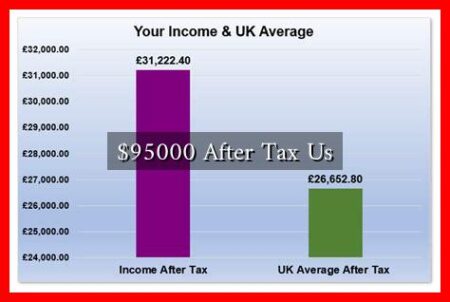-
Table of Contents
Understanding US Tax Brackets: A Comprehensive Guide
Taxation is a fundamental aspect of the American economy, influencing everything from individual financial planning to national fiscal policy. One of the most critical components of the tax system is the tax bracket, which determines how much individuals owe based on their income. This article will explore the intricacies of US tax brackets, their structure, and their implications for taxpayers.
What Are Tax Brackets?
Tax brackets are ranges of income that are taxed at specific rates. The United States employs a progressive tax system, meaning that as a taxpayer’s income increases, so does the rate at which they are taxed. This system is designed to ensure that those with higher incomes contribute a larger share of their earnings to the federal government.
Current Federal Tax Brackets
As of the 2023 tax year, the federal income tax brackets for individual filers are as follows:
- 10% on income up to $11,000
- 12% on income over $11,000 to $44,725
- 22% on income over $44,725 to $95,375
- 24% on income over $95,375 to $182,100
- 32% on income over $182,100 to $231,250
- 35% on income over $231,250 to $578,125
- 37% on income over $578,125
For married couples filing jointly, the brackets are adjusted to account for combined incomes:
- 10% on income up to $22,000
- 12% on income over $22,000 to $89,450
- 22% on income over $89,450 to $190,750
- 24% on income over $190,750 to $364,200
- 32% on income over $364,200 to $462,500
- 35% on income over $462,500 to $1,000,000
- 37% on income over $1,000,000
How Tax Brackets Work
Understanding how tax brackets function is crucial for effective tax planning.
. The key point to remember is that only the income that falls within each bracket is taxed at that bracket’s rate. This means that a taxpayer does not pay the higher rate on their entire income but only on the portion that exceeds the threshold of the lower bracket.
For example, consider a single filer with a taxable income of $50,000:
- The first $11,000 is taxed at 10%: $1,100
- The next $33,725 (from $11,000 to $44,725) is taxed at 12%: $4,047
- The remaining $5,275 (from $44,725 to $50,000) is taxed at 22%: $1,161
In total, this taxpayer would owe approximately $6,308 in federal income tax.
Impact of Deductions and Credits
Tax brackets are not the only factors that determine a taxpayer’s liability. Deductions and credits can significantly affect the amount owed:
- Deductions: These reduce taxable income. Common deductions include mortgage interest, student loan interest, and contributions to retirement accounts.
- Credits: These directly reduce the tax owed. Examples include the Earned Income Tax Credit (EITC) and the Child Tax Credit.
By utilizing deductions and credits effectively, taxpayers can lower their overall tax burden, potentially moving them into a lower tax bracket.
Future of Tax Brackets
The structure of tax brackets can change based on legislation and economic conditions. For instance, discussions around tax reform often focus on adjusting rates or altering the income thresholds for each bracket. Keeping abreast of these changes is essential for effective financial planning.
For more information on tax brackets and updates, you can visit the IRS website.
Conclusion
Understanding US tax brackets is vital for anyone looking to navigate the complexities of the tax system. By recognizing how tax brackets work, the impact of deductions and credits, and staying informed about potential changes, taxpayers can make informed decisions that optimize their tax liabilities. As the tax landscape evolves, being proactive in tax planning will ensure that individuals and families can effectively manage their financial responsibilities.




